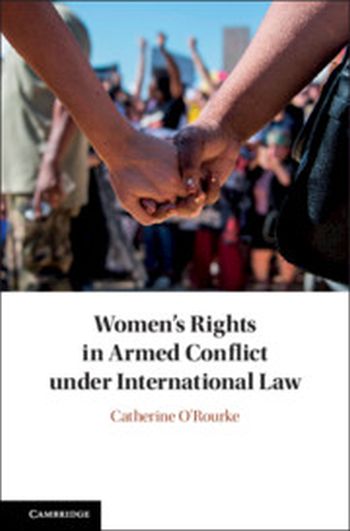
Laws and norms that focus on women's lives in conflict have proliferated across the regimes of international humanitarian law, international criminal law, international human rights law and the United Nations Security Council. While separate institutions, with differing powers of monitoring and enforcement, implement these laws and norms, the activities of regimes overlap. Women's Rights in Armed Conflict under International Law is the first book to account for this pluralism and institutional diversity. This book identifies key aspects of how different regimes regulate women's rights in conflict, and how they interact. Using country case studies to reveal the practical implications of the fragmented protection of women's rights in conflict, this book offers a dynamic account of how regimes and institutions interact, the extent to which they reinforce each other, and the tensions and gaps in regulation that emerge.